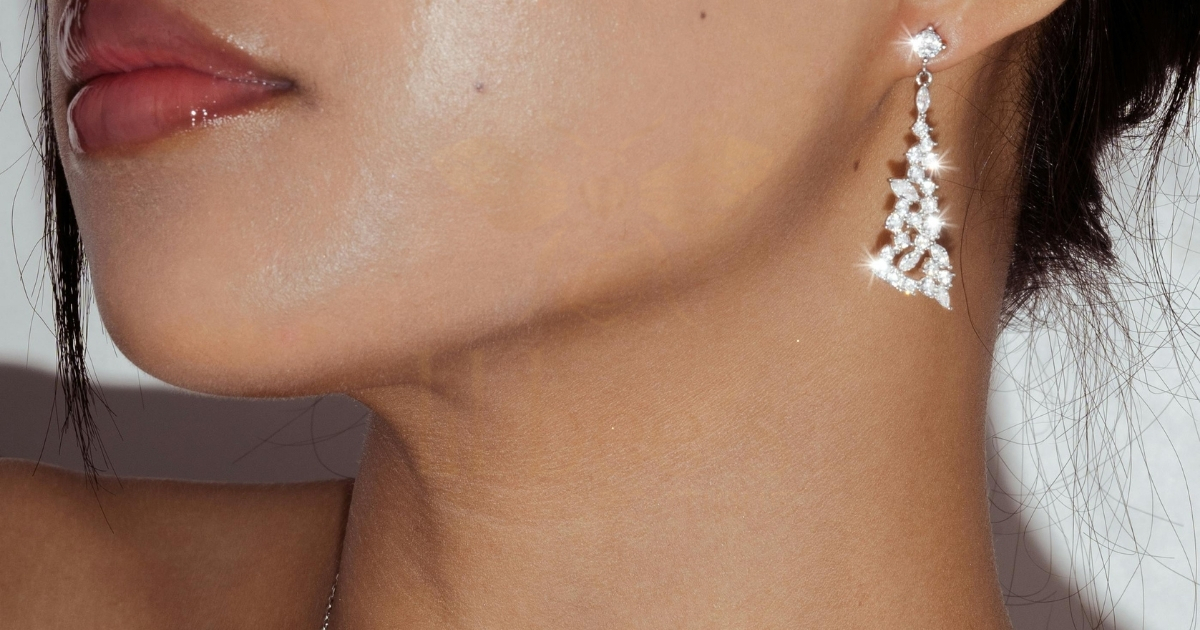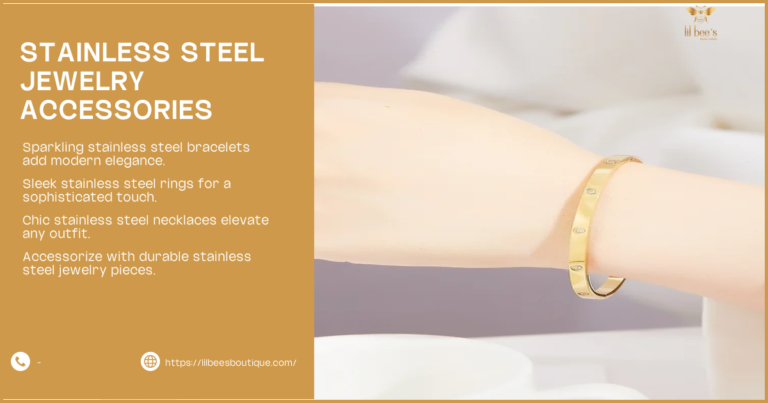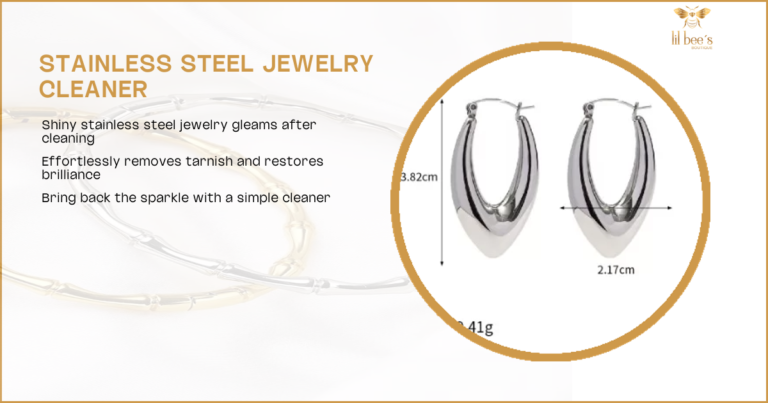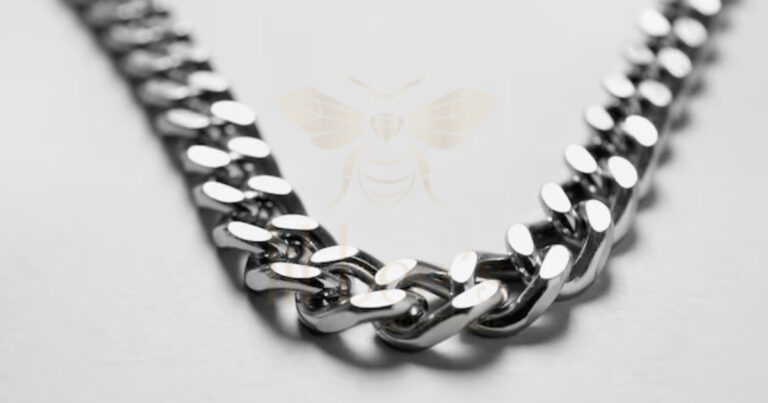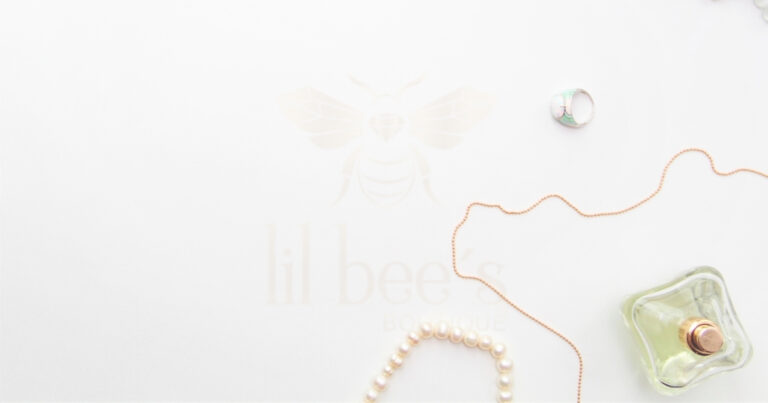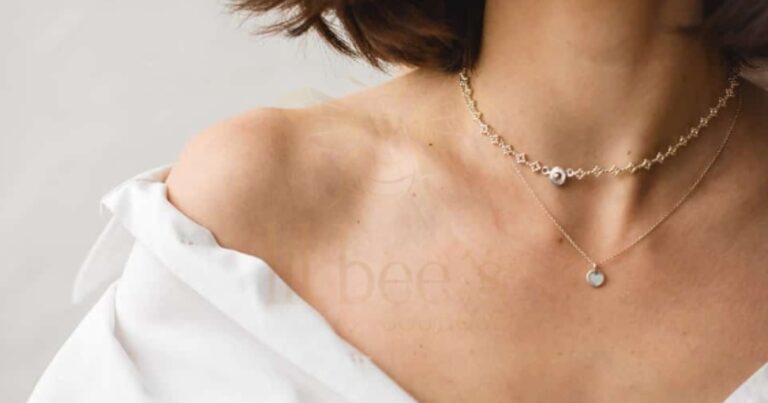Understanding Skin Discoloration from Jewelry
Skin discoloration from jewelry is a common issue that many people experience. It’s essential to understand the causes and factors contributing to this phenomenon to make informed decisions about the jewelry we wear.
Common causes of green skin from jewelry
The green tint that sometimes appears on the skin after wearing certain types of jewelry is primarily caused by a chemical reaction between the metals in the jewelry and the acids in your skin. This reaction can be influenced by various factors, including sweat, body chemistry, and environmental conditions.
Some common causes of green skin from jewelry include:
- Copper content in the metal
- Nickel allergies
- Poor quality or fake jewelry
- Prolonged exposure to moisture
Metals that typically cause skin discoloration
While stainless steel is generally considered safe for most people, other metals are more likely to cause skin discoloration:
- Copper
- Brass
- Bronze
- Nickel
- Silver-plated jewelry
It’s important to note that even high-quality metals can sometimes cause skin discoloration, depending on individual factors and environmental conditions.
Preventing Green Skin from Stainless Steel Jewelry
While stainless steel is less likely to cause skin discoloration compared to other metals, taking certain precautions can further reduce the risk of developing green skin.
Choosing high-quality stainless steel
Opting for high-quality stainless steel jewelry is crucial in preventing skin discoloration. At Lil Bee’s Boutique, we ensure that our stainless steel jewelry meets the highest standards of quality to minimize the risk of skin reactions.
Tips for selecting quality stainless steel jewelry:
- Look for 316L or 304 grade stainless steel
- Purchase from reputable sellers
- Check for proper certification or hallmarks
- Avoid suspiciously low-priced items
Proper jewelry care and maintenance
Maintaining your stainless steel jewelry can help prevent skin discoloration and extend its lifespan.
Jewelry care tips:
- Clean regularly with mild soap and water
- Dry thoroughly after cleaning or exposure to moisture
- Store in a cool, dry place
- Avoid exposure to harsh chemicals
Protective measures for sensitive skin
If you have particularly sensitive skin or are prone to reactions, consider taking additional precautions when wearing stainless steel jewelry.
Protective measures:
- Apply a clear nail polish barrier on the part of the jewelry that touches your skin
- Use jewelry shields or liners
- Limit wearing time, especially in hot or humid conditions
- Remove jewelry before swimming or exercising
Benefits of Wearing Stainless Steel Jewelry 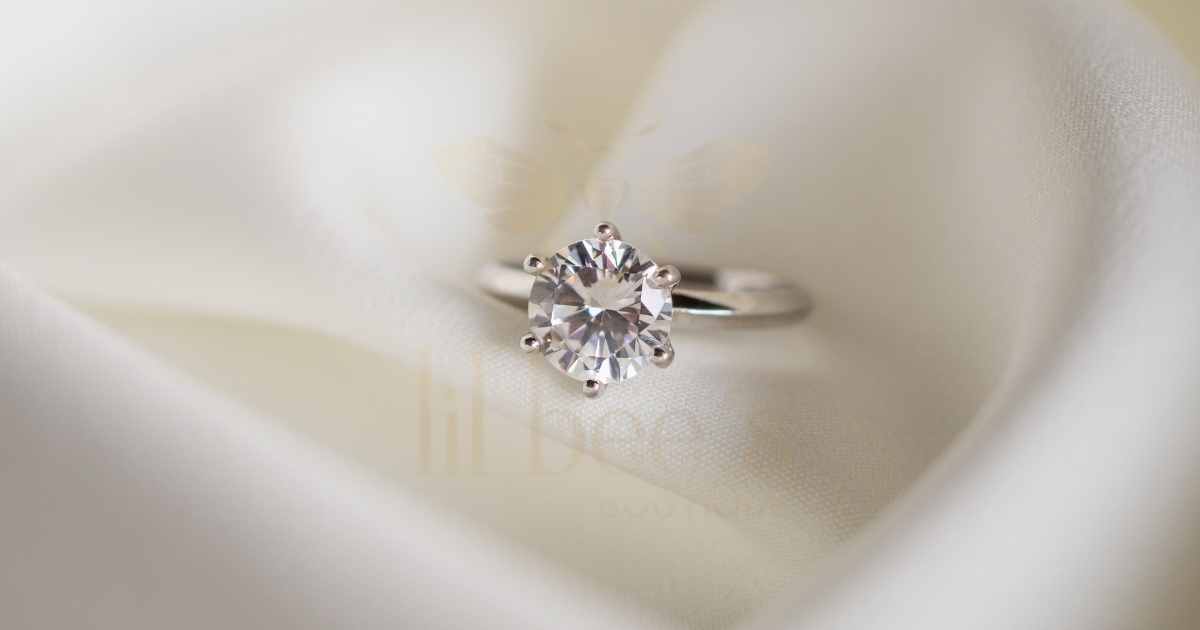
Stainless steel jewelry offers numerous advantages that make it a popular choice among consumers.
Durability and longevity
Stainless steel is known for its exceptional durability, making it an excellent choice for everyday wear.
Durability features of stainless steel jewelry:
- Resistant to scratches and dents
- Maintains its shape and appearance over time
- Withstands exposure to various environmental conditions
- Requires minimal maintenance
Affordability compared to other metals
One of the most significant advantages of stainless steel jewelry is its affordability without compromising on quality.
Cost benefits of stainless steel jewelry:
- Lower price point compared to precious metals
- Excellent value for money
- Allows for more frequent jewelry purchases
- Ideal for trendy or seasonal pieces
Versatility in design
Stainless steel’s properties make it suitable for a wide range of jewelry designs and styles.
Design possibilities with stainless steel:
- Can be polished to a high shine or given a matte finish
- Compatible with various gemstones and other materials
- Suitable for intricate designs and patterns
- Available in different colors through plating or anodizing
How to Clean and Care for Stainless Steel Jewelry 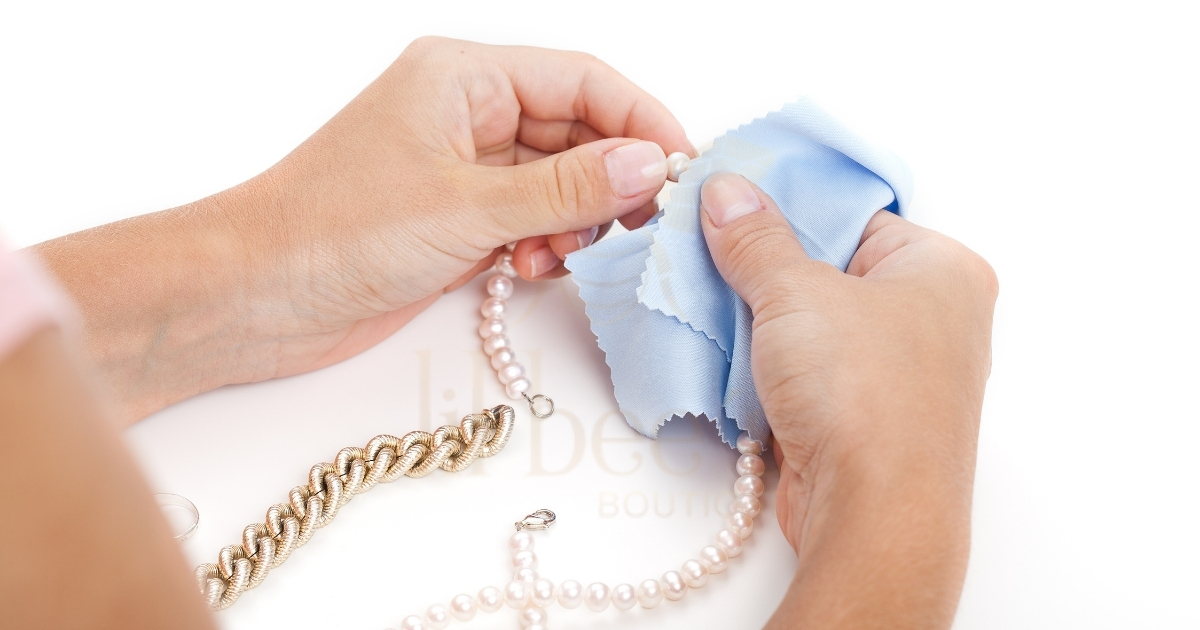
Proper care and maintenance of your stainless steel jewelry can help prevent skin discoloration and ensure its longevity.
Cleaning methods
Regular cleaning is essential to keep your stainless steel jewelry looking its best.
Recommended cleaning methods:
- Warm water and mild soap solution
- Soft cloth or brush for gentle scrubbing
- Specialized jewelry cleaning solutions
- Ultrasonic cleaners for thorough cleaning
Storage tips
Proper storage can prevent damage and maintain the appearance of your stainless steel jewelry.
Storage recommendations:
- Keep pieces separated to avoid scratching
- Store in a cool, dry place
- Use individual jewelry bags or boxes
- Avoid exposure to direct sunlight or extreme temperatures
Avoiding damage to stainless steel jewelry
While stainless steel is durable, certain practices can help prevent unnecessary damage.
Tips to avoid damage: Sleek steel wristwear shines on your arm like a modern bracelet It tells time and looks cool with its smooth metal design Stainless cleaner solution helps make shiny metal surfaces look clean and new It removes dirt and marks from stainless steel appliances and objects
Stainless jewelry artisans create beautiful and durable accessories using special metal that doesn’t rust or tarnish Hypoallergenic steel ornaments are special decorations made from a type of metal that rarely causes allergic reactions
Steel accessory refurbishment means fixing and making old steel items look new again This process can make rusty or worn steel accessories shiny and useful once more Jewelry allergies stainless is a type of metal used in jewelry that is less likely to cause allergic reactions
Adventurous steel accessories are cool and tough items made from metal that add excitement to your look They can include things like bold necklaces rugged bracelets or edgy rings for people who love adventure Steel gram costs
Stainless jewelry colorfast means the jewelry keeps its color and shine for a long time It doesn’t fade or change even when you wear it often or get it wet Steel jewelry worth Steel jewelry is affordable and durable making it a good choice for everyday wear without breaking the bank
Stainless steel bracelets are shiny and strong jewelry that you wear on your wrist
- Remove jewelry before swimming or bathing
- Avoid exposure to harsh chemicals like chlorine or bleach
- Take off jewelry before engaging in physical activities
- Don’t wear jewelry while applying cosmetics or skincare products

